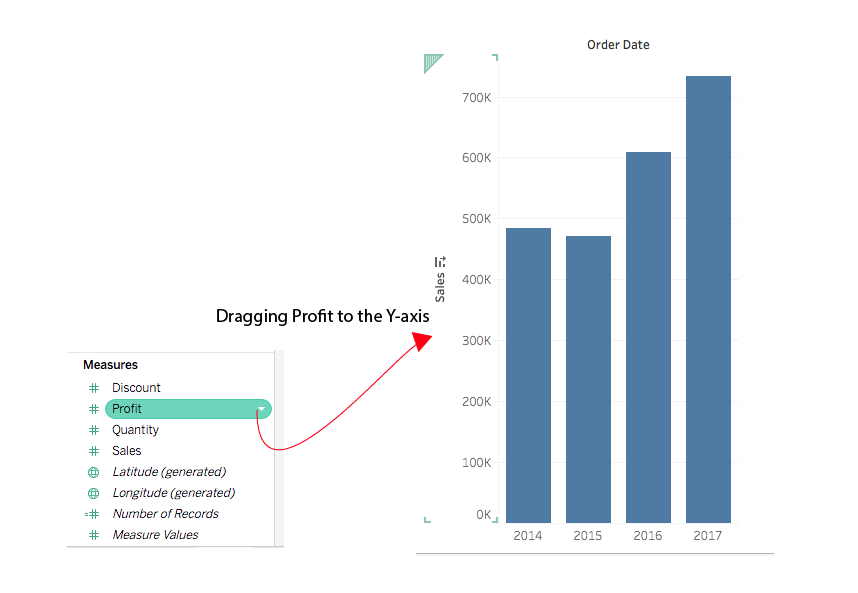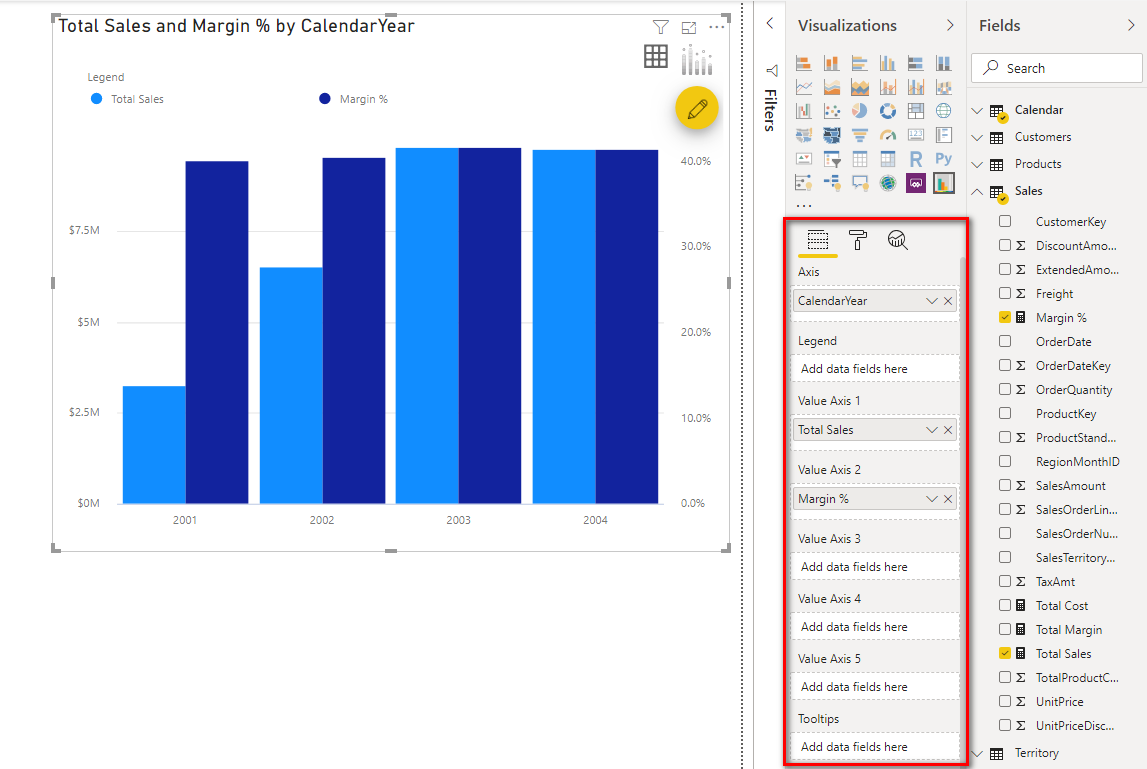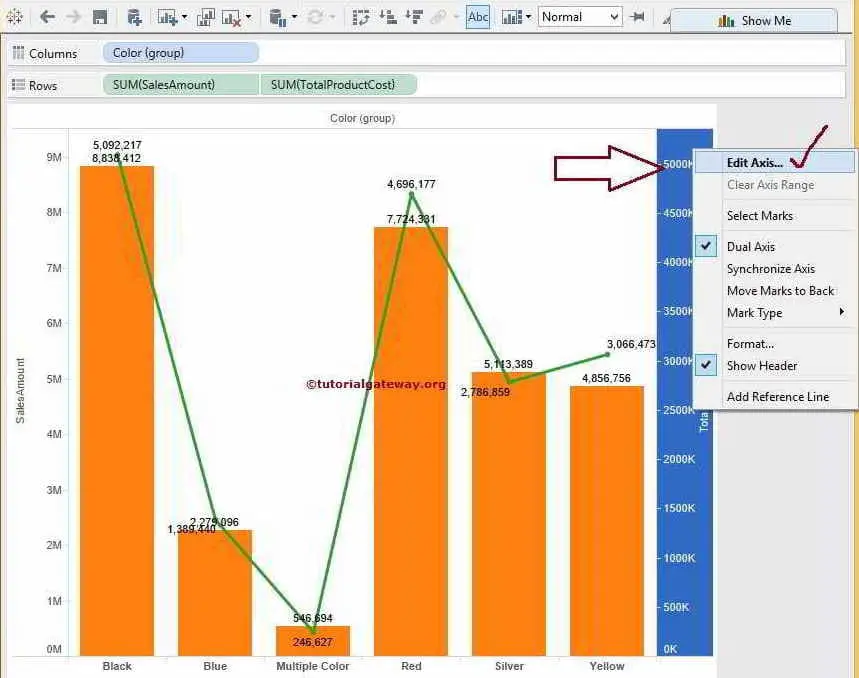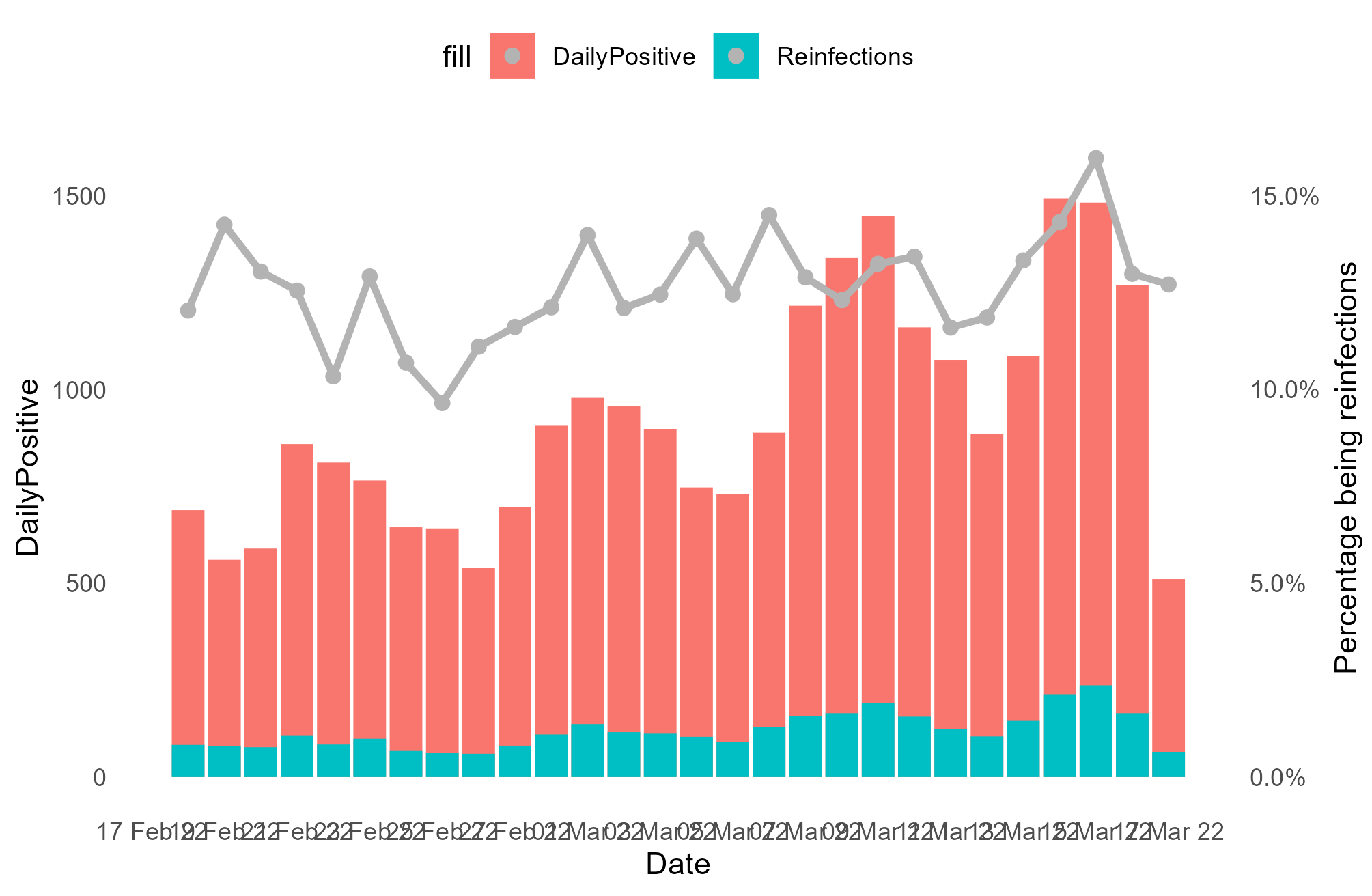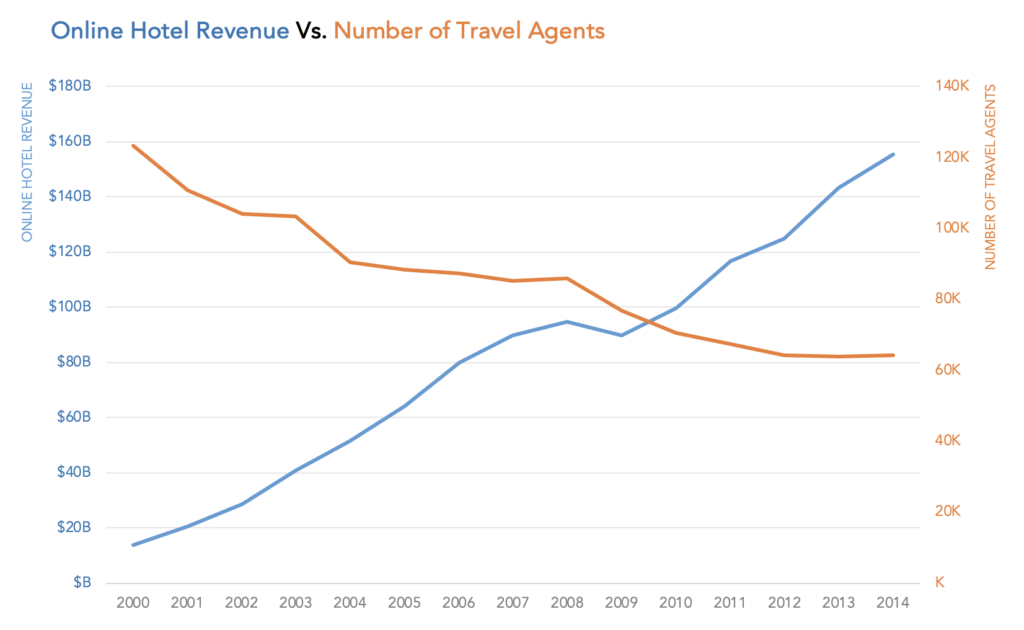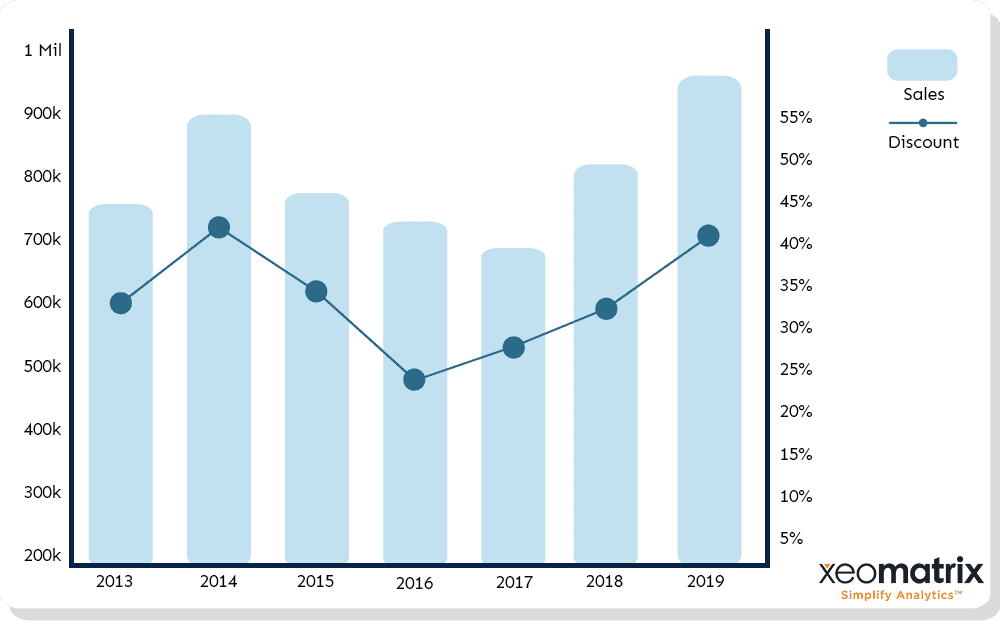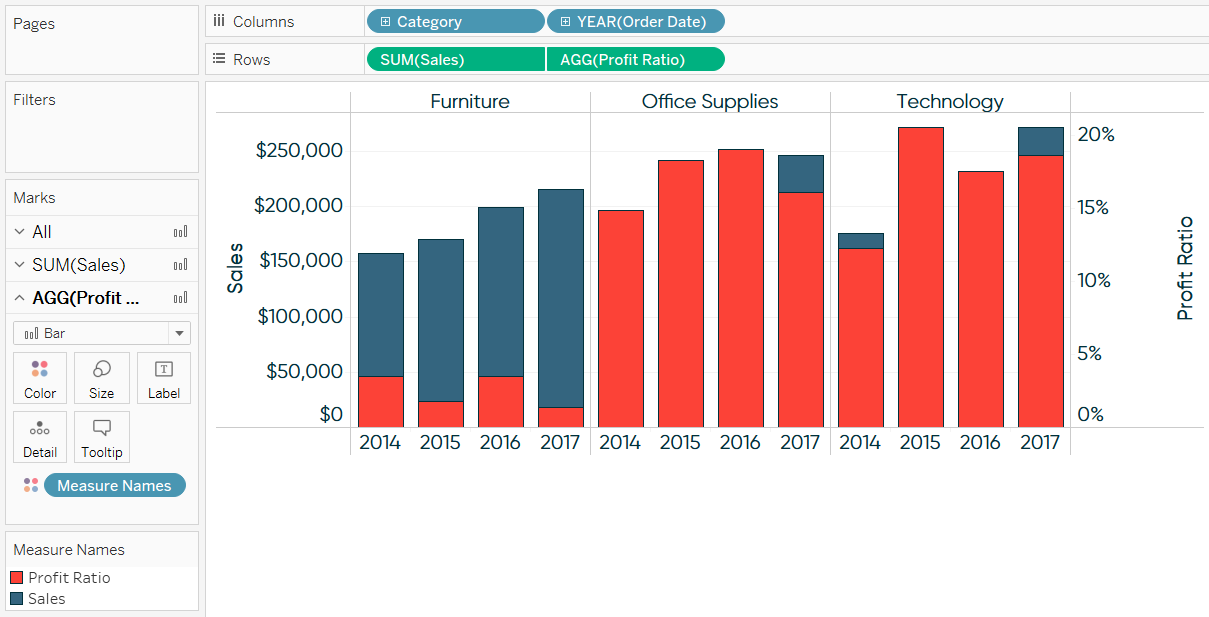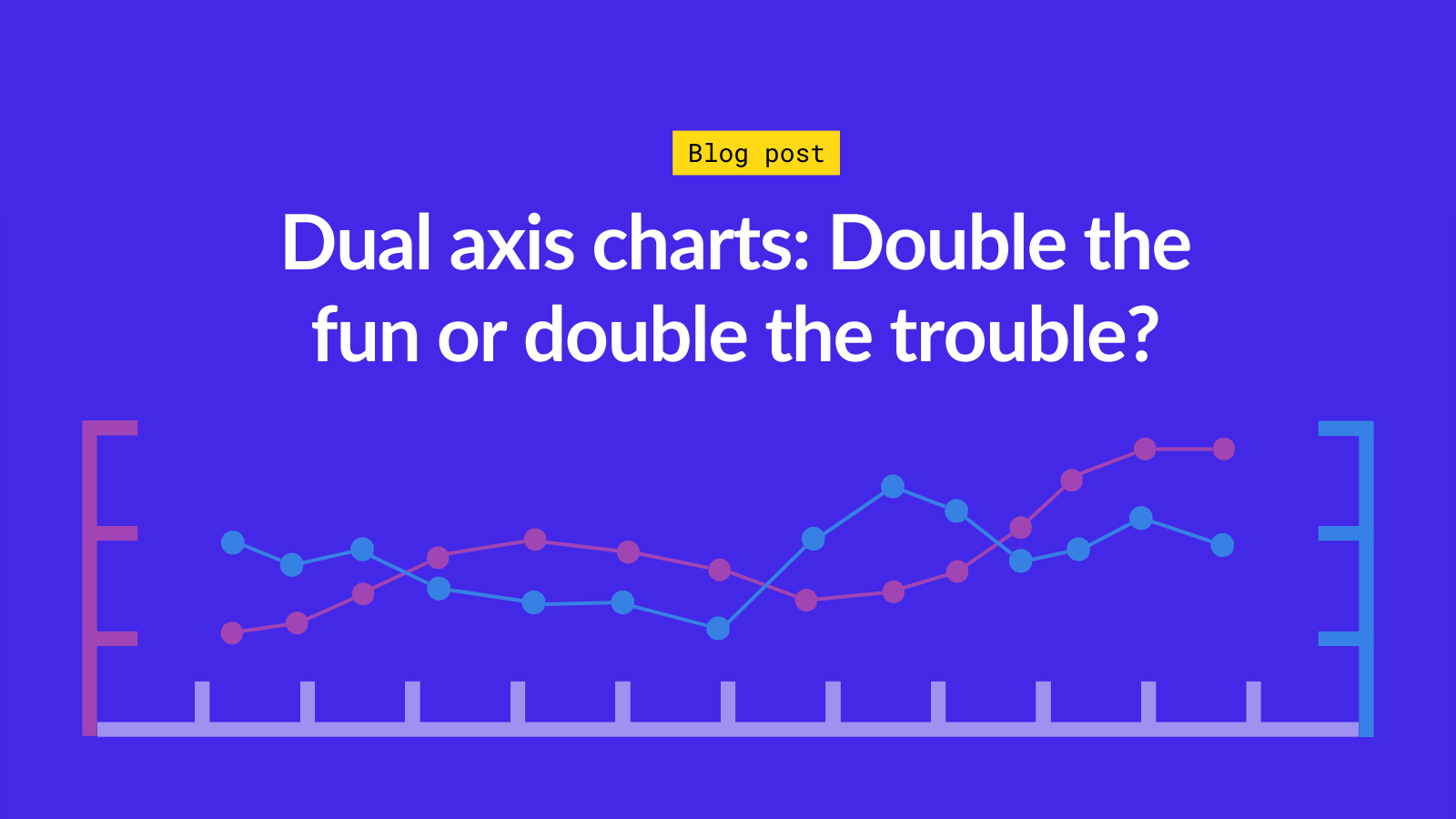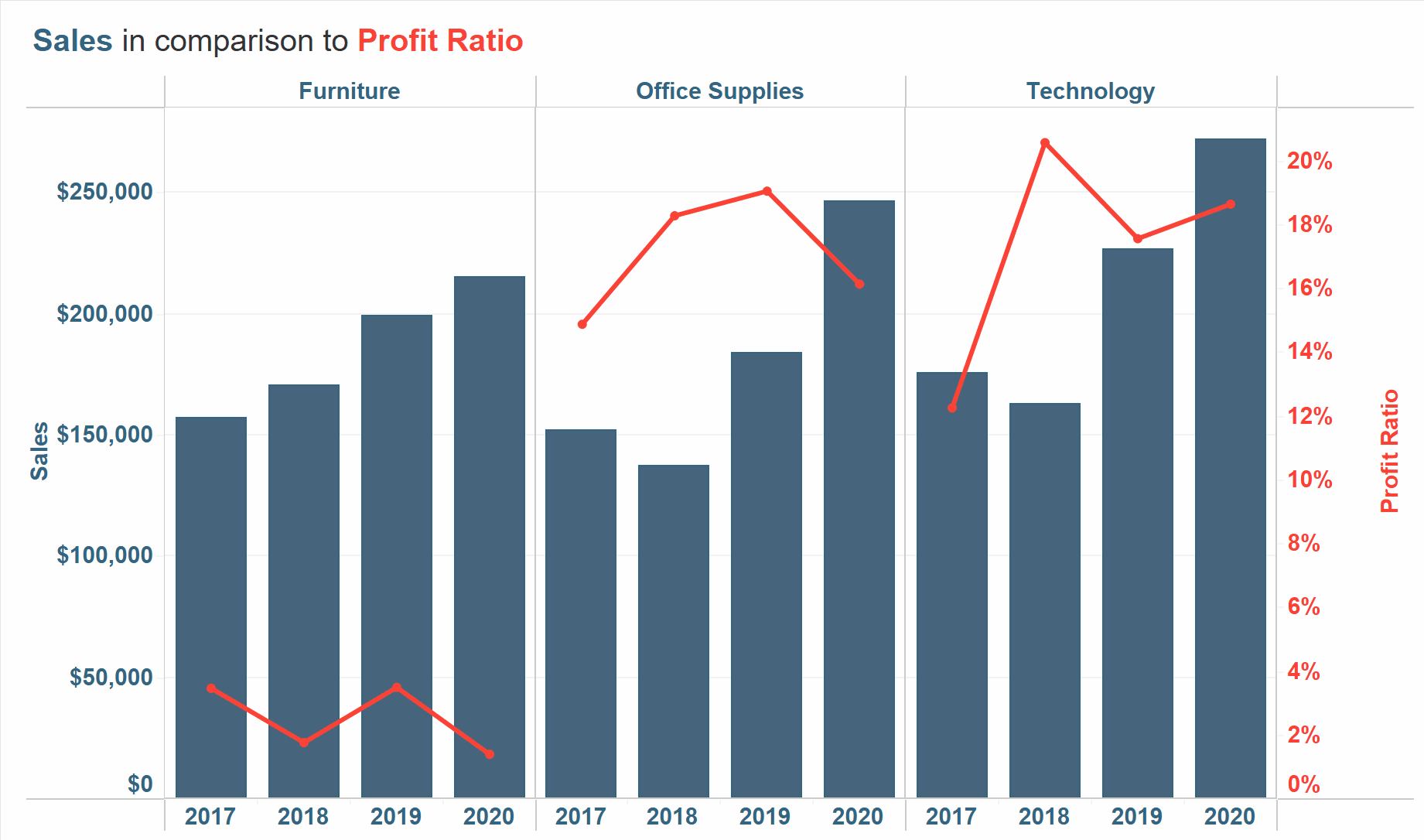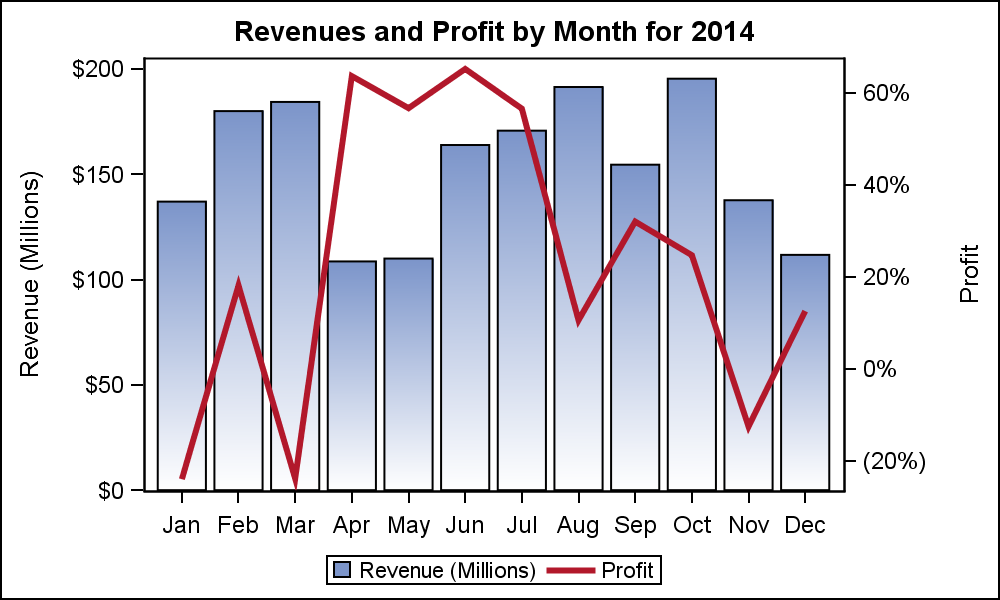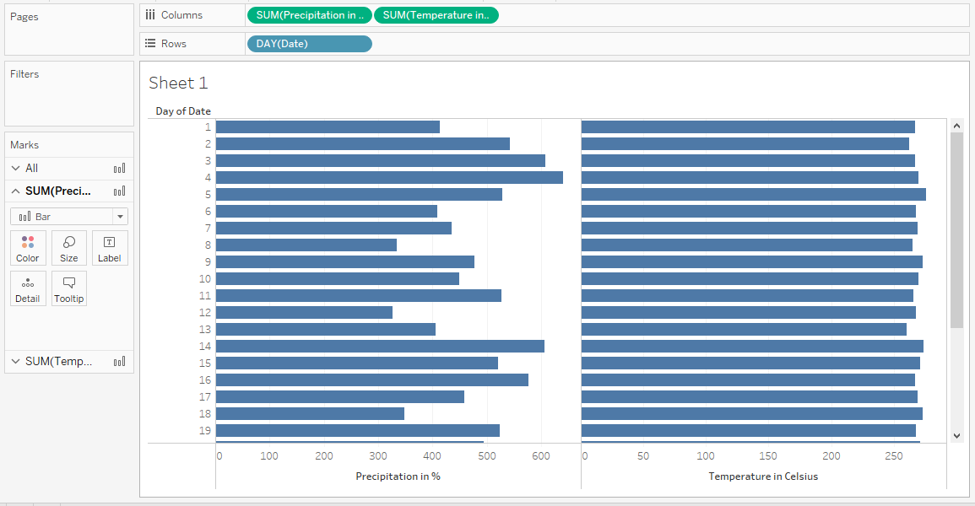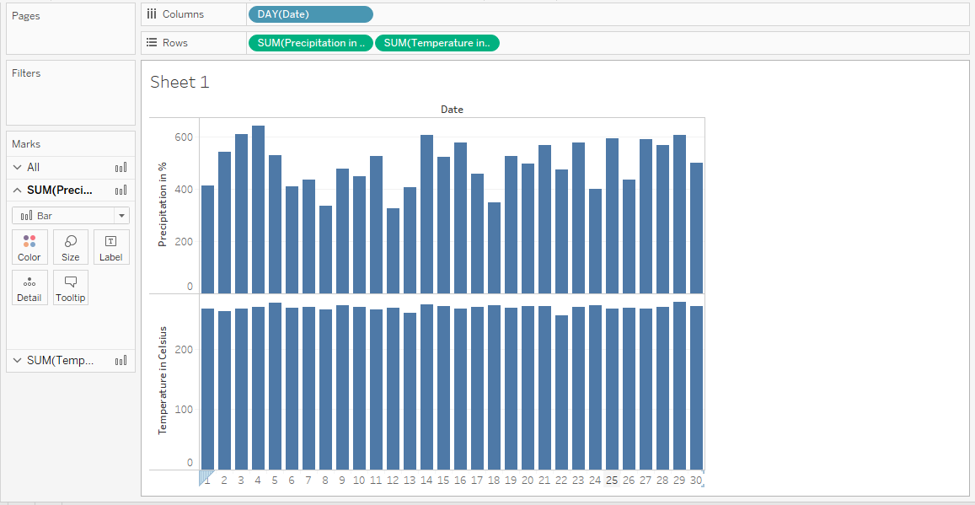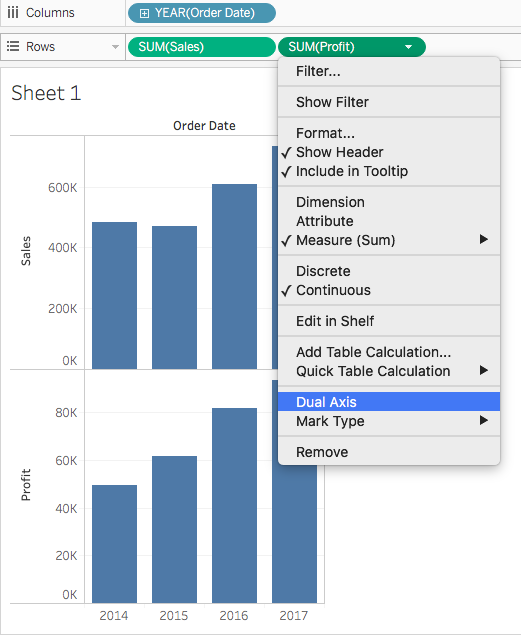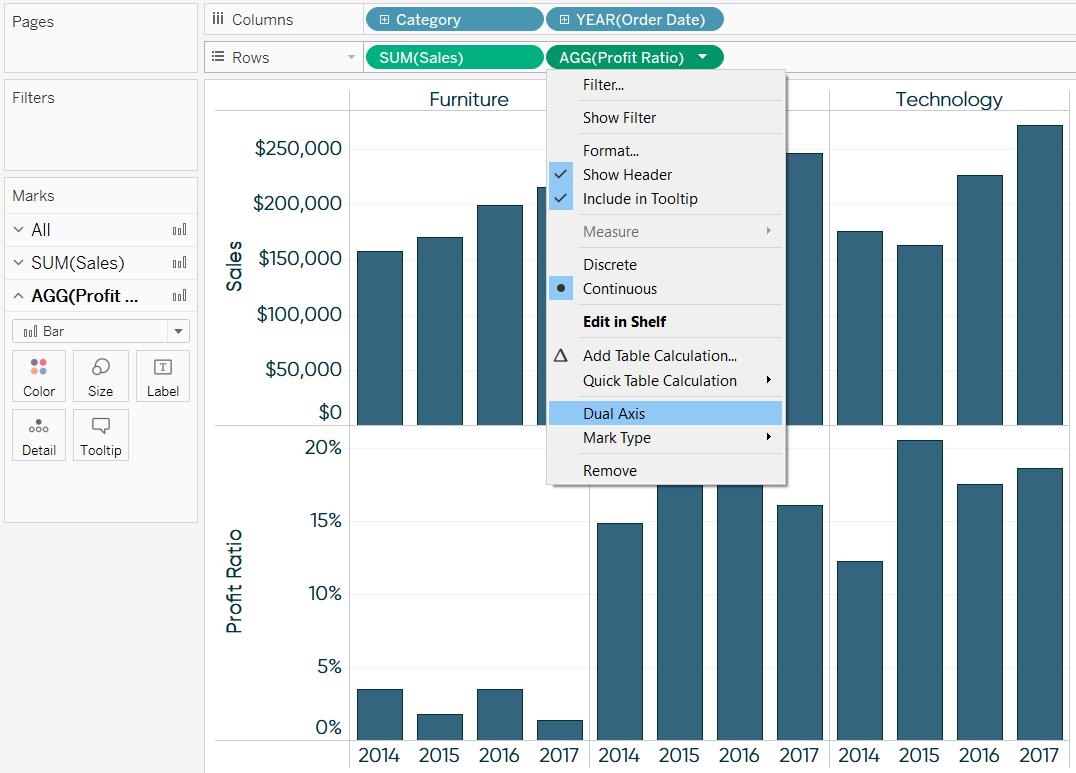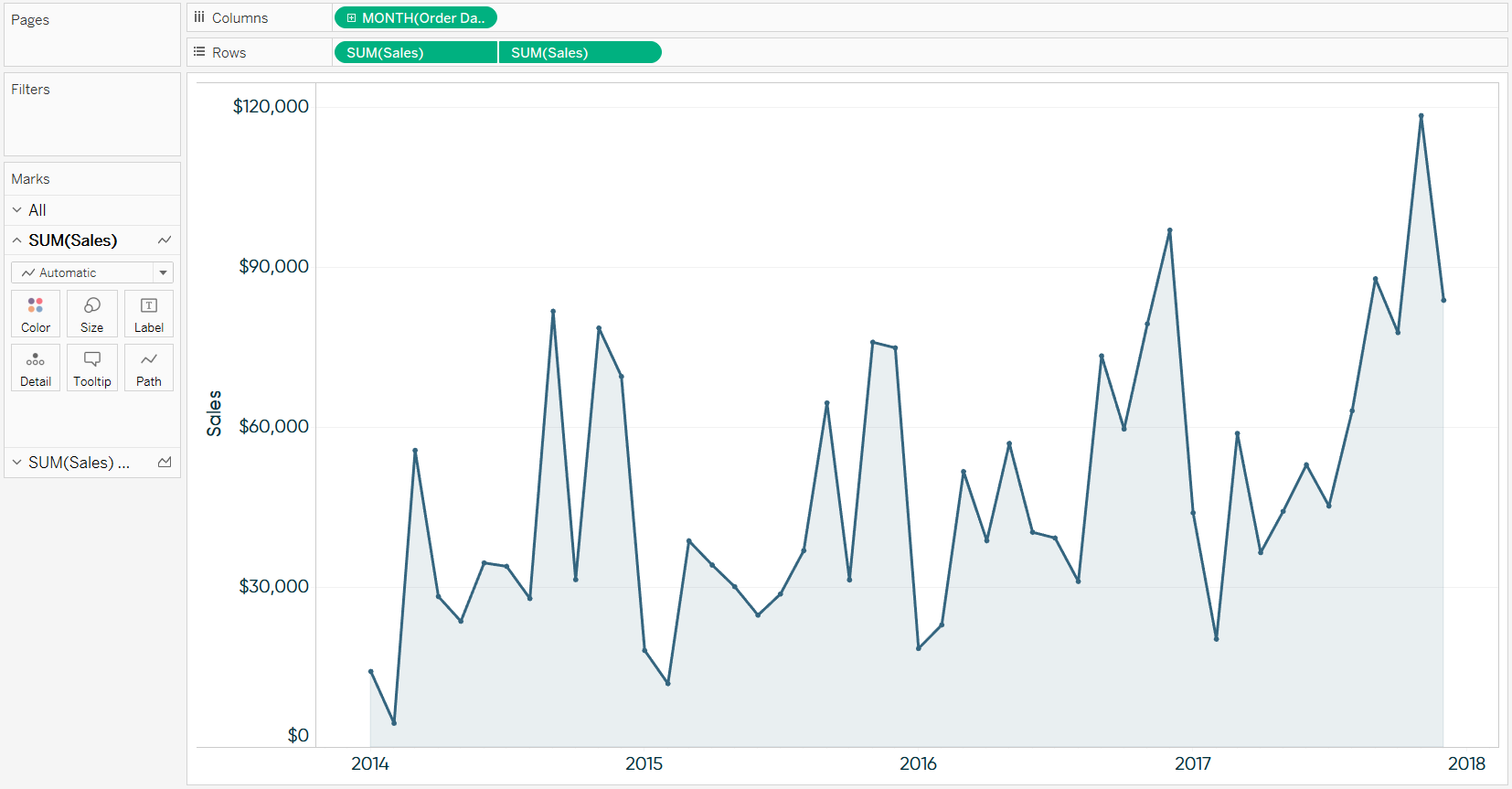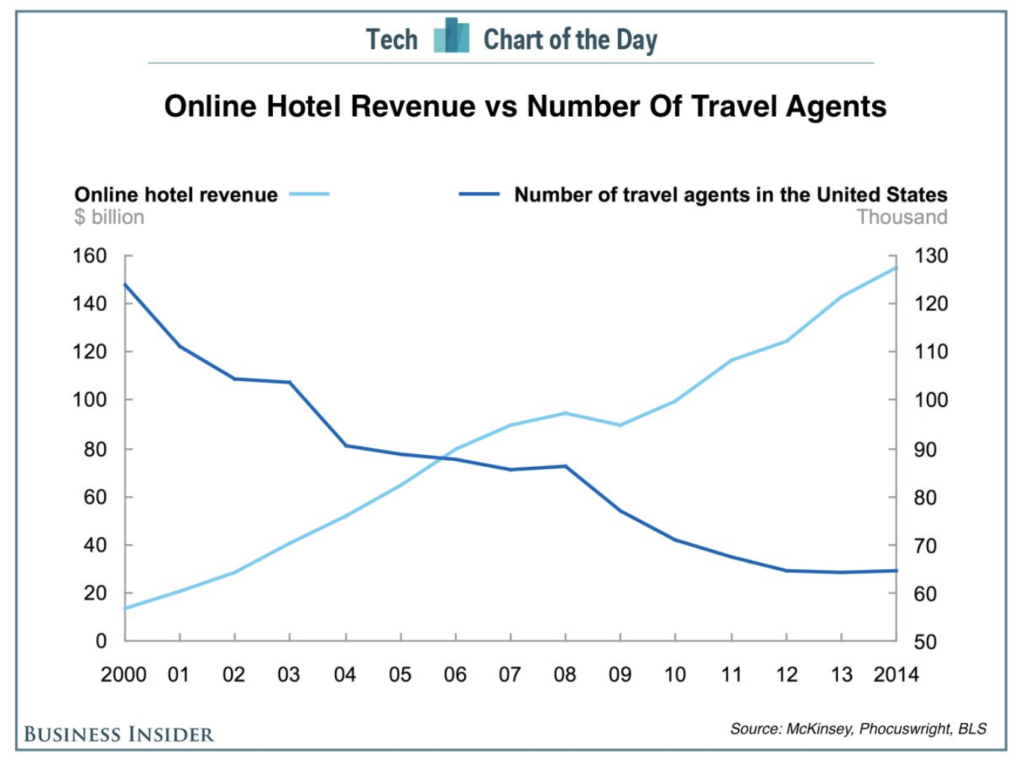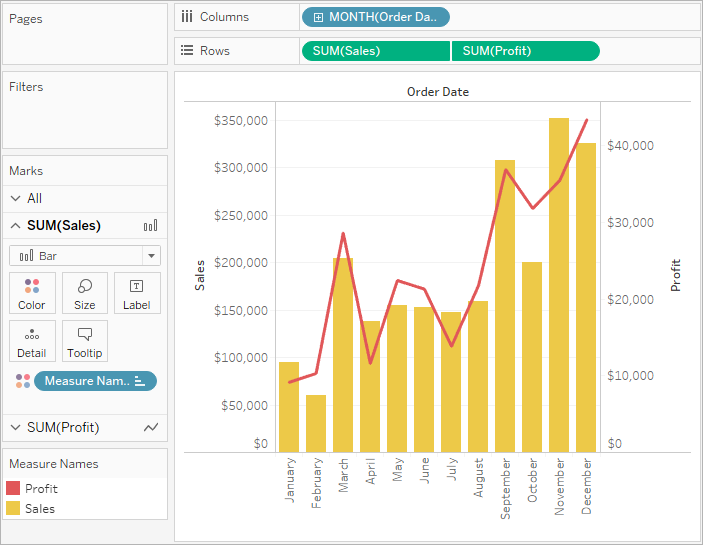Smart Tips About What Are Dual Axis Charts How To Add Secondary In Excel 2016
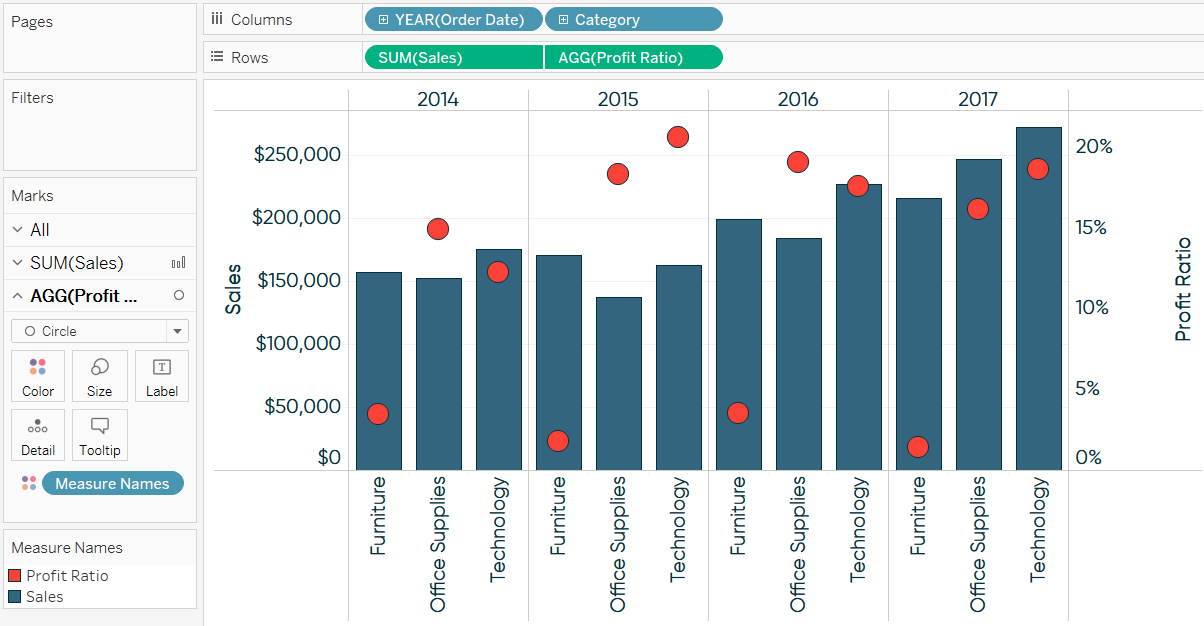
These could be two different data series of the same units but different magnitude or different units altogether.
What are dual axis charts. A pareto chart combines both the count of an item, and the percentage contribution that count makes to the overall tally. Tableau dual axis charts combine two or more tableau measures and plot relationships between them, for quick data insights and comparison. An axis is a very important component of any graph, and it represents the quantitative measure based on which visualization is created.
Using a dual axis chart in power bi provides a robust way to compare and analyze two measures with different units or scales. By combining these measures in a single visualization, you can effortlessly uncover correlations, patterns, and trends that might have otherwise gone unnoticed. Why do we use dual axis charts?
Dual axis refers to the fact that we have two axes over the same graph. This video introduces the dual axis chart and shows how you can have two mark types on the same chart. A dual axis chart also known as multiple axes chart, employs two axes to clearly depict the connections between two variables of varying magnitudes and scales of measurement.
A dual axis chart lets you combine measures that differ in scale and units. We use dual axis charts to compare two trends with each other. The dual axis chart allows us to visualize relative trends that might not be immediately obvious when.
This enables you to choose a different mark for each of the measures, letting you create different charts. So, how are they created? Dual axis charts, also known as combination (combo) charts, are a type of visualization that combines two different types of charts in a single graph.
This has one big positive that it creates two separate mark cards for each of the measures. A dual line graph illustrates plenty of information using limited space. Dual axis charts, also known as multiple axis chart, allows us to plot kpis of different scales or units of measures (uom) on a single chart.
Correlation is the term used to describe the relationship between two variables. Now the clue is in the title here, dual means we can compare two measures using two different axes. This article explains tableau dual axis charts, their pros, and cons, along with steps you can use to create dual axis charts in tableau.
The relationship between two variables is referred to as correlation. They can display two or more related variables together that may use different units, or where one series is. A dual axis chart creates two independent axes (which you can synchronise) that you can plot two separate measures on in the same chart.
Some members of the data visualization community are skeptical about the use of dual axis charts because they can often be confusing, poorly designed, and misleading to the viewer. Dual axis charts plot two data series on the same chart using a secondary axis. The relationship between two variables is referred to as correlation.
A dual axis chart (also called a multiple axes chart) uses two axes to easily illustrate the relationships between two variables with different magnitudes and scales of measurement. A double line graph uses two axes to illustrate the relationships between two variables with different magnitudes and scales of measurement. We often find ourselves needing to compare multiple measures in a single chart, one way we can do this is by using a dual axis chart.
